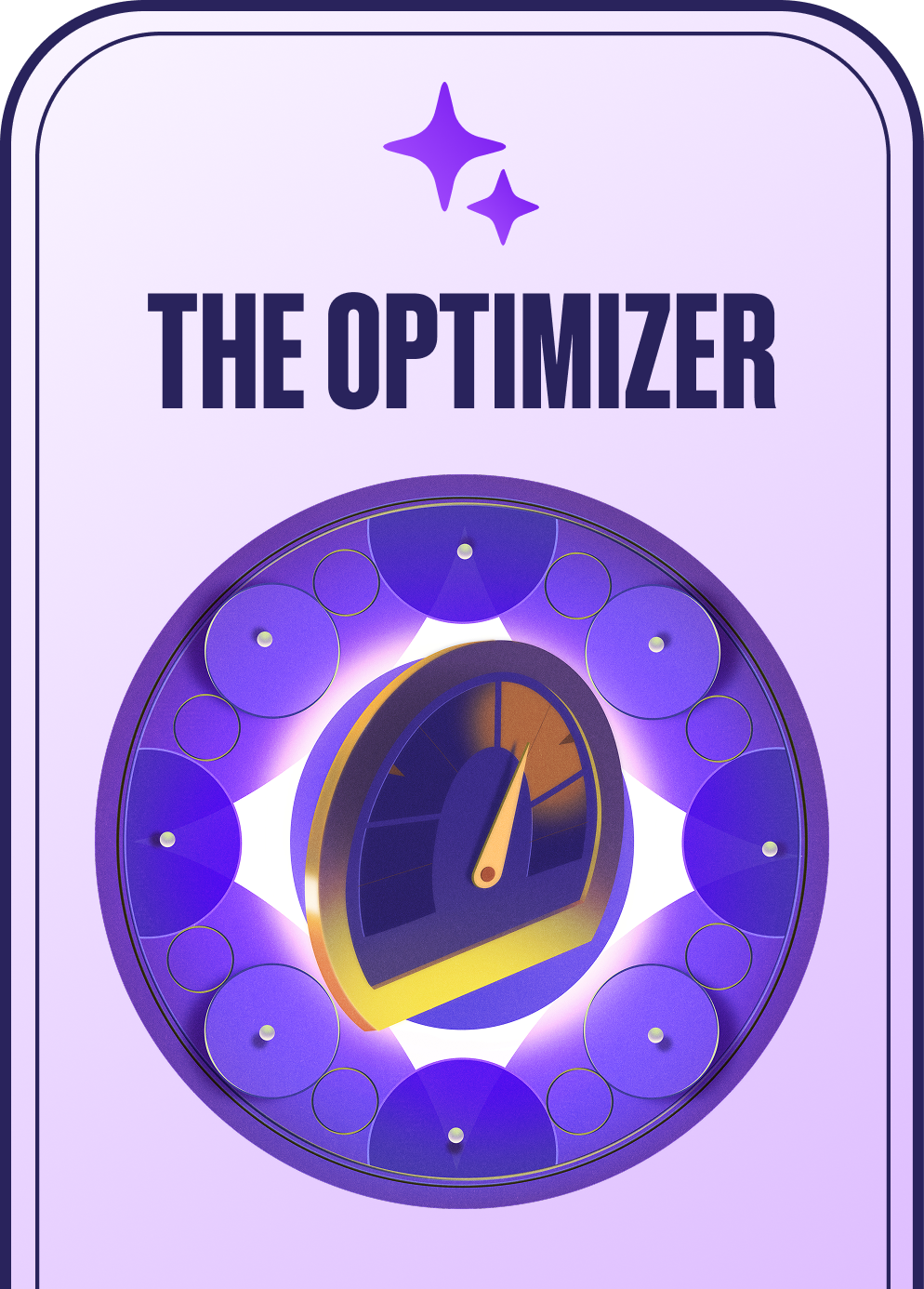Is Your Revenue Org Exploring AI
or Excelling With It?
Based on new research, 75% of sales leaders and sellers are already on board with using AI. But there’s a difference between AI that stirs excitement or experimentation and one that fuels measurable commercial excellence. Where on the AI spectrum are you?
Based on new research, 75% of sales leaders and sellers are already on board with using AI. But there’s a difference between AI that stirs excitement or experimentation and one that fuels measurable commercial excellence.
Where on the AI spectrum are you?















